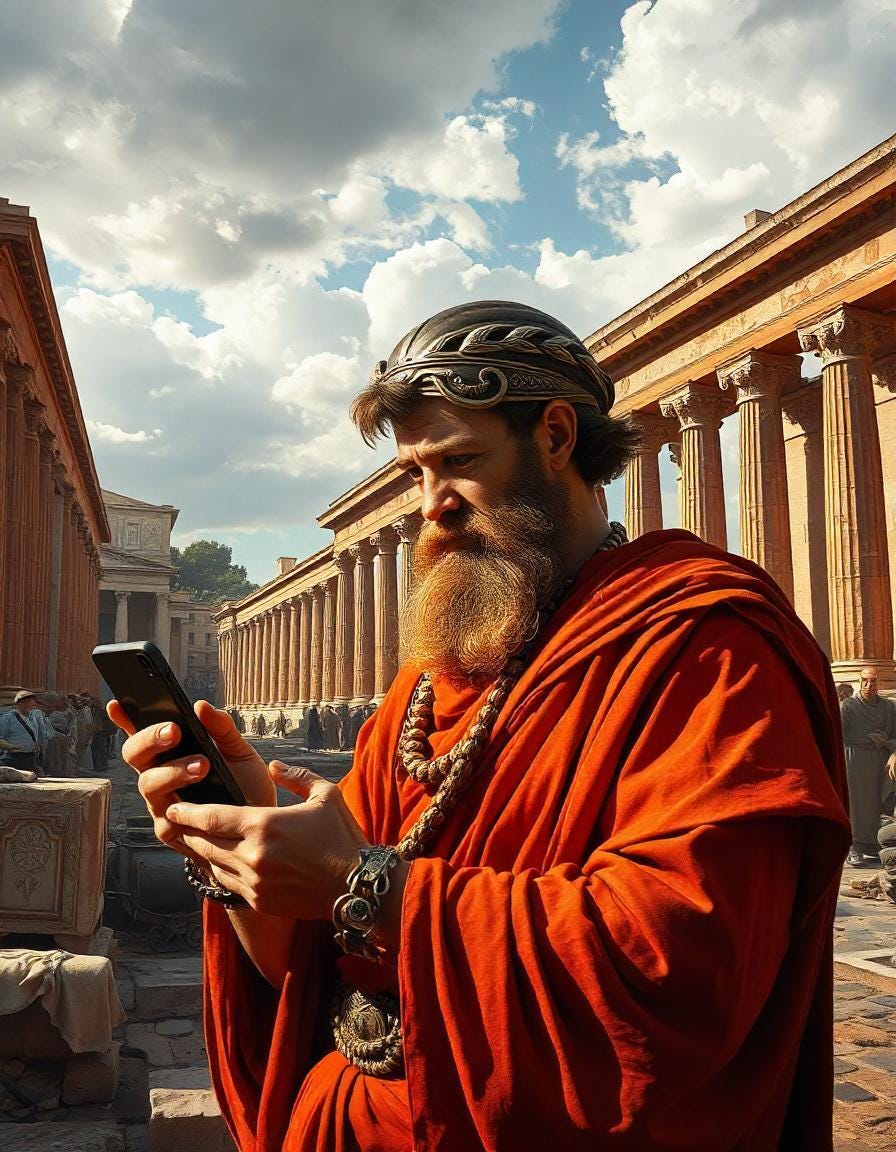The latest technology has proved to be extremely effective in providing us with new types of entertainment and financial freedom. However, one aspect that's flown under the radar a little bit has been the way that it has also helped us to understand and --- in some way revive --- the planet's most interesting ancient cultures.
Preserving Endangered Languages
There are over 570 extinct languages that we know of and according to National Geographic, a new language dies every couple of weeks. Approximately a third of the current languages have fewer than a thousand speakers, with many expected to die soon. You may have seen the story of the Ayapaneco language in Mexico a few years ago. It hit the headlines when it was revealed that the last two fluent speakers didn't want to talk to each other. While this story turned out to be false, there are now believed to be only 15 speakers left.
How can technology help preserve languages like this, many of which have survived for centuries? For a start, it can connect communities that share a common language but are now separated by distance or physical barriers. It can also help to document and spread the use of languages that would otherwise join the likes of Ancient Greek, Latin, and Old Norse in the list of dead or extinct languages with no native speakers.
The Amazigh language of the Berber people in North Africa is a good example of how this can work. Following a tribunal in The Hague that looked at the historic importance of this 2.500-year-old tongue, they discovered that Amazigh was being sidelined in the digital world in favor of Arabic. As a result, an effort was made to digitize this language, leading to a surge of interest in younger speakers that has helped make it more accessible.
Playing Ancient Games and Other Based on Mythology
What if your passion for history has a slightly different leaning? If you ever want to play the oldest game known to humanity, you might be surprised to find that you can do so online. Senet was played in Egypt by 3100 BCE but probably existed far earlier. An online version lets us see how we need to move pieces across the board to win. The Royal Game of Ur is another of the earliest games we know of and it too can be tried online.
Ancient cultures are represented in many online casinos, perhaps surprisingly. You can find titles like Aztec Fire, Gods of Luxor, and Wrath of Medusa in online casinos offering real money slots. They typically use classic images from the culture as the main symbols, with Wrath of Medusa showing the setting and main characters from this legendary tale of a woman who turned to stone anyone who looked at her. These slots often introduce additional elements to the original history but retain enough of the original to appeal to players looking for some genuine ancient culture.
Discovering Ancient Hidden Secrets
Many of the most exciting mysteries left to resolve involve lost cities like Atlantis, El Dorado, and Iram Of The Pillars. We might never know for certain what happened to these once-glorious sites... but cutting-edge tech is aiding archaeologists everywhere in revealing new places and unlocking ancient mysteries.
The pyramids in Giza, Egypt continue to give up some of their many secrets thanks to the use of lasers and scanning devices. Among the most recent stories to capture our imagination, a giant sealed chamber was discovered in the center of the Great Pyramid of Giza. Since it was created over 4,500 years ago, it may be impossible for us to ever know its purpose, but technology has at least allowed scientists to know that it's there and start investigating.
On the other side of the planet, LiDAR technology has been used to uncover vast Mayan settlements in the Guatemalan jungle. This system uses lasers on a satellite or plane to measure distances and compare them with other known data to create 3D images of the things we can't see under the vegetation.
The Role of VR and AR
Virtual reality (VR) and augmented reality (AR) give us some of the most exciting ways to re-discover the glories of the past. If you've ever wondered what Rome was like in its heyday, the VR experience called Rome Reborn lets you soar high above the digitally reconstructed streets and buildings. It took researchers over two decades to put together the 7,000+ buildings and monuments you'll see using VR.
The past of cities like London and Paris can be explored using AR apps that show us what they used to look like. This is one of the ways that different generations can bridge the tech gap, by finding out things that interest them in a fun and simple way.
Technology has proved to be a fantastic way of finding out more about the past and preserving it forever. No doubt we'll see more great uses for the latest tech in the future, revealing more secrets and helping us understand ancient cultures better.

